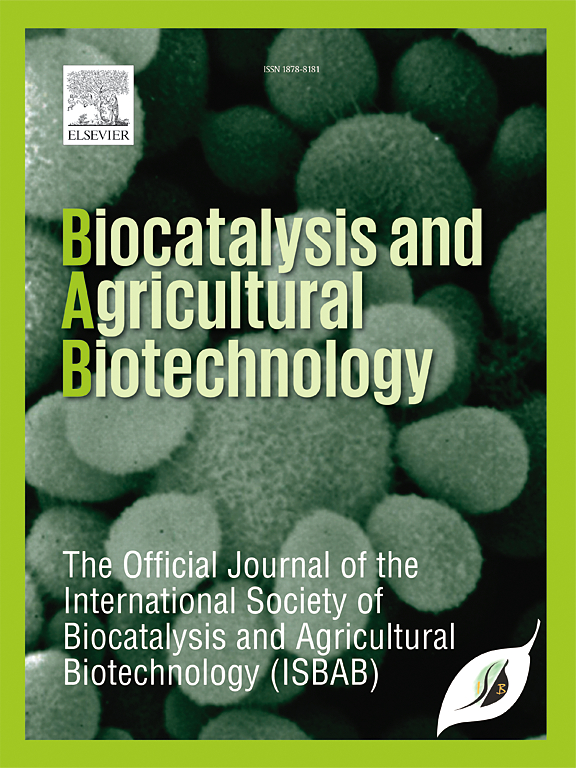小麦和玉米秸秆生物燃料转化技术的进展
IF 3.4
Q2 BIOTECHNOLOGY & APPLIED MICROBIOLOGY
引用次数: 0
摘要
本文章由计算机程序翻译,如有差异,请以英文原文为准。
Advances in conversion technologies for biofuels from wheat and corn straws
This work reviews recent technologies and processes for the production of biofuels from wheat and corn straw, highlighting their potential as renewable energy sources. These often underutilized agricultural residues offer a significant opportunity for the production of bioethanol, biogas, and bio-oil, contributing to the diversification of the energy matrix and the mitigation of greenhouse gas emissions. The analysis details the impact of the chemical constituents of these straws on the efficiency of conversion processes, such as lignin and phenolic acids, which can inhibit the production of bioethanol and biogas. Among the technological advances, methods such as microwave-assisted pyrolysis and the use of ionic liquids have shown significant improvements in conversion efficiency, removing inhibitors and increasing biofuel productivity. However, these processes still face challenges related to scalability and costs. Additionally, the use of wheat and corn straw can add economic value for farmers and promote rural development, creating new sources of income and encouraging a circular economy. Overall, this study concludes that second-generation biofuels derived from wheat and corn straw hold immense potential to address environmental and economic challenges, but their large-scale adoption requires continued technological innovation and supportive public policies.
求助全文
通过发布文献求助,成功后即可免费获取论文全文。
去求助
来源期刊

Biocatalysis and agricultural biotechnology
Agricultural and Biological Sciences-Agronomy and Crop Science
CiteScore
7.70
自引率
2.50%
发文量
308
审稿时长
48 days
期刊介绍:
Biocatalysis and Agricultural Biotechnology is the official journal of the International Society of Biocatalysis and Agricultural Biotechnology (ISBAB). The journal publishes high quality articles especially in the science and technology of biocatalysis, bioprocesses, agricultural biotechnology, biomedical biotechnology, and, if appropriate, from other related areas of biotechnology. The journal will publish peer-reviewed basic and applied research papers, authoritative reviews, and feature articles. The scope of the journal encompasses the research, industrial, and commercial aspects of biotechnology, including the areas of: biocatalysis; bioprocesses; food and agriculture; genetic engineering; molecular biology; healthcare and pharmaceuticals; biofuels; genomics; nanotechnology; environment and biodiversity; and bioremediation.
 求助内容:
求助内容: 应助结果提醒方式:
应助结果提醒方式:


